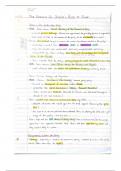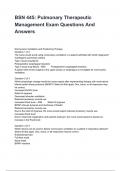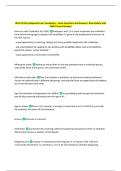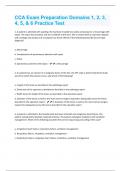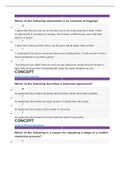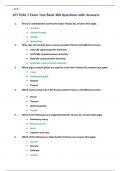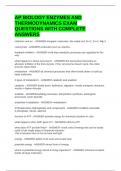Summary of Stalin’s Rise to Power and Economic Policies- A Level
In-depth handwritten notes evaluating how Stalin rose to power in the 1920s and the success of his economic policies. Perfect for A Level courses.
Written for
- Study Level
- A/AS Level
- Examinator
- CCEA
- Subject
- History
- Unit
- Unit AS 2
Document information
- Uploaded on
- April 26, 2024
- Number of pages
- 6
- Written in
- 2023/2024
- Type
- Summary
Subjects
-
russia
-
1920s
-
bolshevism
-
stalin
-
trotsky
-
communism
-
power struggle
-
history
-
lenin
-
five year plans
-
industrialisation
-
collectivisation
-
the great turn
-
economy
-
politics
Available practice questions
Also available in package deal
